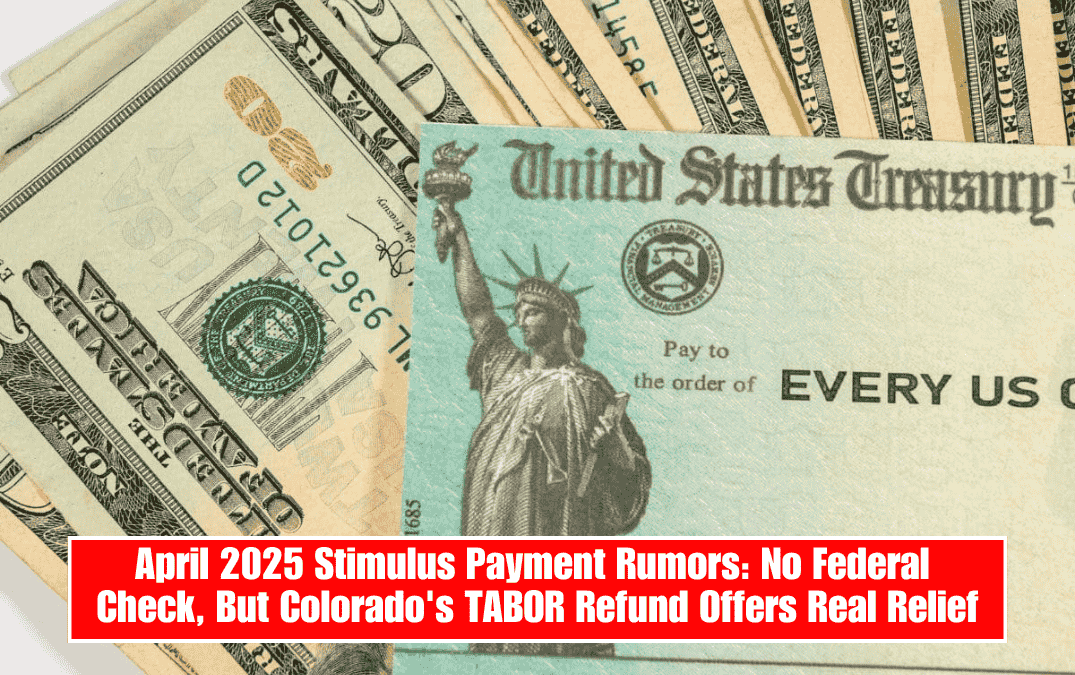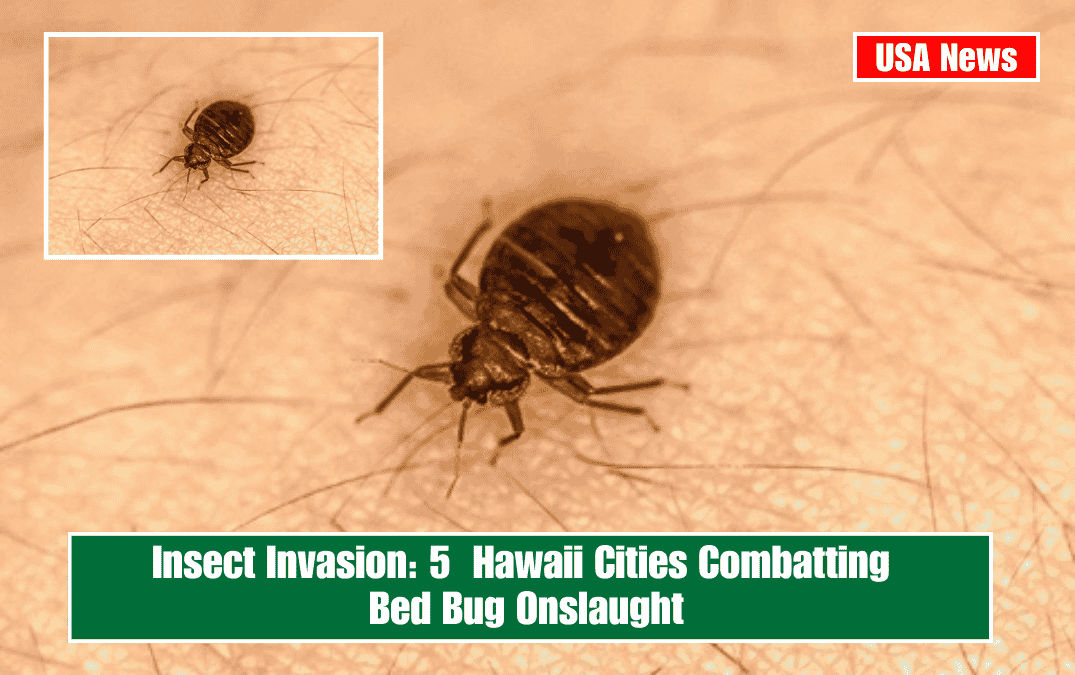There’s been a lot of buzz around the proposed $5,000 stimulus check for American households, also known as the “DOGE Dividend.” Backed by Elon Musk and supported in theory by Donald Trump, the plan promises to return money to taxpayers if the government manages to cut wasteful spending.
But despite growing interest, the plan remains just an idea — not yet a law. Let’s break down what this proposal really means, who it could benefit, and why it’s facing delays.
What Is the DOGE Dividend?
The DOGE Dividend is a proposal by James Fishback, CEO of Azoria, and promoted under the Department of Government Efficiency (DOGE) — a program Elon Musk is involved with. The idea is simple: cut $2 trillion in wasteful government spending over 18 months, and give 20% of those savings back to net taxpaying households.
This would mean a $5,000 payment to around 79 million households, totaling around $400 billion in payouts. The rest of the savings would be used to reduce the national debt or fund other priorities.
Has Any Progress Been Made?
As of April 2025, there’s no official bill in Congress to approve the DOGE Dividend. According to insiders, talks are still ongoing, but there’s been no major movement. Even Fishback, who remains active on social media, has only confirmed continued conversations with lawmakers — not formal action.
Meanwhile, the Congressional Budget Office (CBO) has raised concerns. In February 2025, the federal deficit increased by 5%, making it harder to find enough savings to fund this plan.
Analysts now believe that if the program does move forward, it won’t happen before 2026 due to its financial and political complexity.
Who Would Qualify for the $5,000 DOGE Check?
This is where things get controversial. To qualify, a household must be a net federal taxpayer—meaning they pay more in taxes than they receive in government benefits. Based on estimates:
- Around 35% of households earning under $40,000 per year would not qualify, according to Pew Research.
- Undocumented immigrants would be excluded.
- Social Security beneficiaries might qualify, but only at the household level, not as individuals.
Supporters say it’s only fair that money goes back to those who “fund the system.” Critics argue the plan is unfair and leaves out millions of low-income families.
DOGE vs COVID Stimulus: What’s the Difference?
Both aim to inject money into the economy, but they’re funded in very different ways.
- COVID Stimulus Checks were funded through borrowed money, adding to the national debt.
- The DOGE Dividend would use savings from budget cuts, meaning no extra debt.
Fishback claims this method will avoid inflation, unlike the COVID-era checks. However, economists warn that injecting $400 billion into the economy—even from savings—could still drive up prices by increasing consumer demand.
Why Is It Delayed?
The DOGE Dividend faces several challenges:
- No official bill in Congress.
- Increased federal deficit, making savings harder to achieve.
- Political disagreements, with some leaders like House Speaker Mike Johnson preferring to use savings to reduce the deficit, not issue payments.
- Eligibility concerns, as many low-income families would be left out.
Recent social media posts claiming progress in the plan are unverified, and many experts believe they are driven by pre-election hype.
The DOGE $5,000 stimulus check is an exciting idea for many taxpayers, especially those who contribute more than they receive from the government. But for now, it’s just a proposal without legislative approval. With concerns about fairness, budget deficits, and inflation, the road to passing this plan is a tough one.
If it does move forward, the earliest timeline seems to be after 2026, assuming the savings targets are met and Congress agrees on how to distribute the money. Until then, it’s important to stay informed and avoid falling for online rumors or unverified claims.















